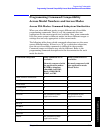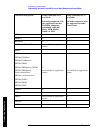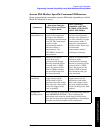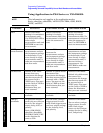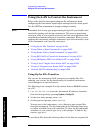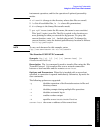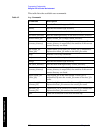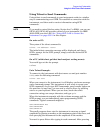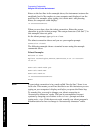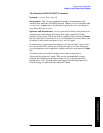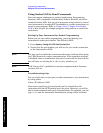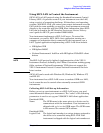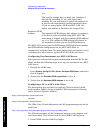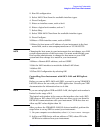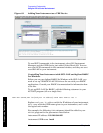
Chapter 6 527
Programming Fundamentals
Using the LAN to Control the Instrument
Programming Fundamentals
Using Telnet to Send Commands
Using telnet to send commands to your instrument works in a similar
way to communicating over GPIB. You establish a connection with the
instrument, and then send or receive information using SCPI
commands.
NOTE If you need to control the bus using “device clear” or SRQ’s, you can use
SICL LAN. SICL LAN provides control of your instrument via IEEE
488.2 GPIB over the LAN. See “Using SICL LAN to Control the
Instrument” on page 6-531. in this chapter.
On unix or PC:
The syntax of the telnet command is:
telnet <IP address> <5023>
The initial telnet connection message will be displayed and then a
SCPI> prompt. At the SCPI prompt, simply enter the desired SCPI
commands.
On a PC (with telnet gui that has host/port setting menu):
You would type at the dos prompt
telnet
Unix Telnet Example:
To connect to the instrument with host name aaa and port number
5023, enter the following command:
telnet aaa 5023
When you connect to the instrument, it will display a welcome message
and a command prompt. The instrument is now ready to accept your
SCPI commands. As you type SCPI commands, query results appear on
the next line. At any time, you can send a <device clear> by pressing
cntrl-c on your keyboard. When you are done, break the telnet
connection using your escape character, and type quit.
When the instrument responds with the welcome message and the
SCPI prompt, you can immediately enter programming (SCPI)
commands. Typical commands might be:
CALC:MARK:MODE POS
CALC:MARK:MAX
CALC:MARK:X?
The small program above sets the instrument to measure a signal
amplitude by placing a marker on the maximum point of the trace, and
then querying the instrument for the amplitude of the marker.
You need to press Enter after typing in each command. After pressing



